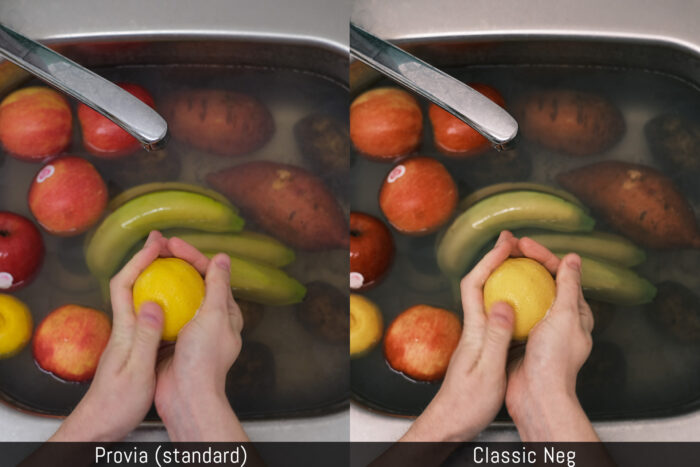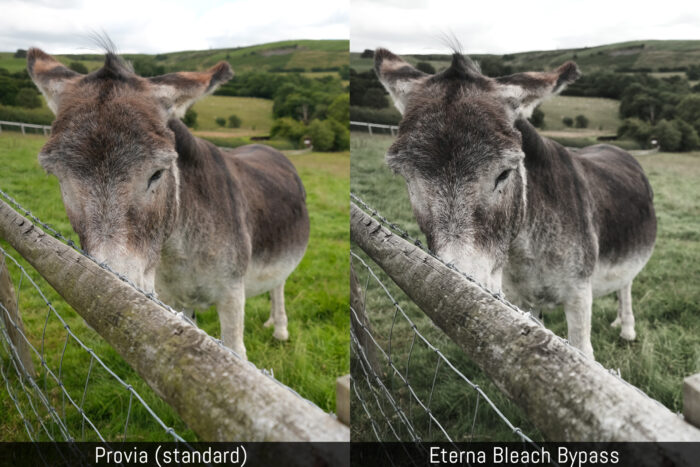Fujifilm has announced the X-S10, a mid-range APS-C camera that opens up a new line of X-series cameras and sits in between the X-T4 and X-T30. In this article, I’m going to explain exactly how the new camera compares to the other two popular models.
What the X-S10, X-T4 and X-T30 share in common:
- 26.1MP BSI X-Trans IV CMOS sensor
- ISO 160 to 12800, or 80 to 51200 with the extended values
Note: Fujifilm released the X-T30 II in September 2021. The body and hardware are identical (except for the higher resolution of the LCD screen), so the update is mostly software, and puts the camera on par with the X-T4 and X-S10. I’ve updated this article where relevant. You can also check our X-T30 vs X-T30 II comparison.
Ethics statement: the information supplied in this article is based on our personal experience with the X-T4 and X-T30, and official information about the X-S10 and X-T30 II. We were not asked to write anything about these cameras, nor were we provided with any sort of compensation. Within the article, there are affiliate links. If you decided to buy something after clicking the link, we will receive a small commission. To know more about our ethics, you can visit our full disclosure page. Thank you!
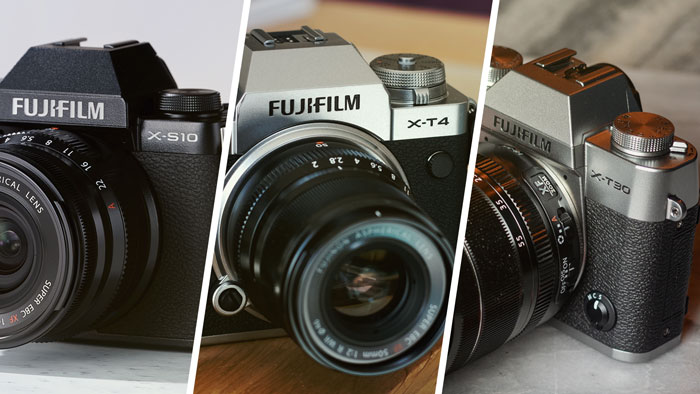
1. Design
Fujifilm hasn’t designed a camera with a large grip since it launched the X-Series, with the exception of the X-H1, and now the X-S10.
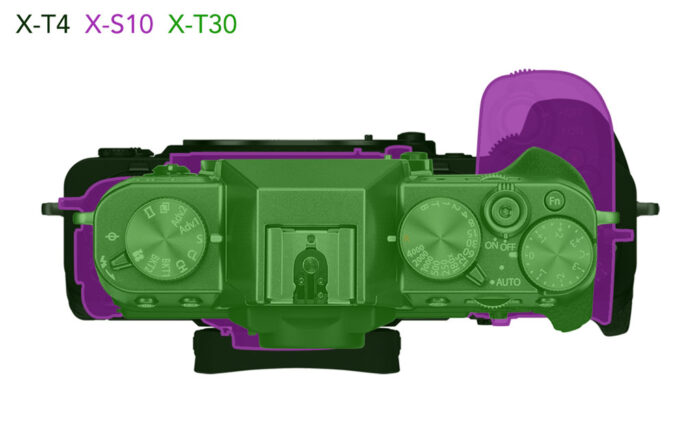
The grip is the most notable difference on the new camera in comparison to the other three models. It is taller, deeper and will guarantee a more secure and comfortable holding, whether you’re using a large lens or just want more stability. It also helps when holding the camera in front of you to V-Log for example.

The X-T4 is the biggest, the X-S10 has the largest grip and the two X-T30 are the smallest.
The grip on the X-T4 has grown slightly over the various generations, but I still struggle when using large lenses like the 100-400mm. Granted there is an optional battery grip that can help, but you still miss some depth, not to mention the extra investment.
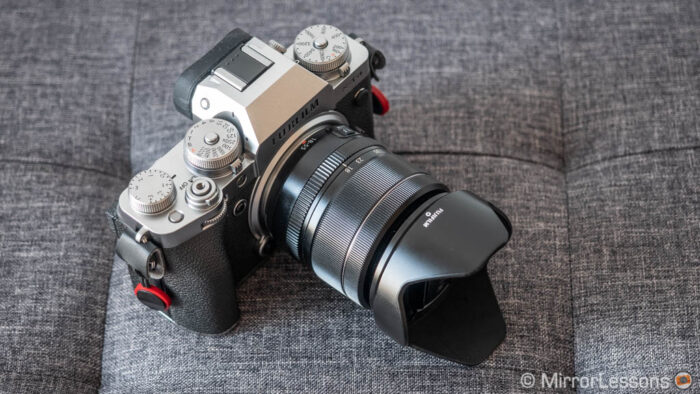
The X-T30 and X-T30 II have the smallest body and I’ve always struggled with their ergonomics. But I have large hands, so a person with smaller hands might prefer its compact design.
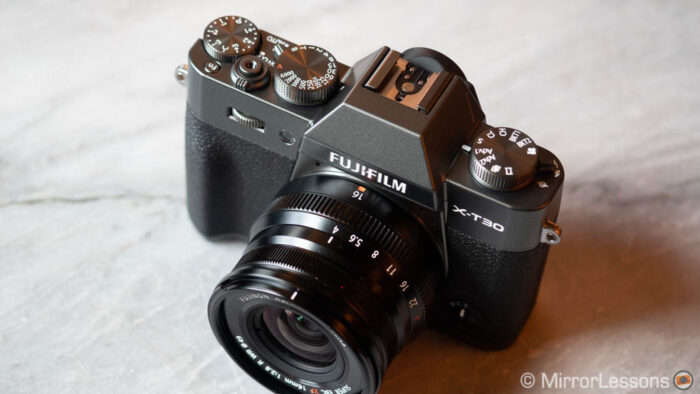
And speaking of dimensions, here is how the four cameras compare:
- X-T4: 134.6 x 92.8 x 63.8mm, 607g
- X-S10: 126 x 85.1 x 65.4mm, 465g
- X-T30 / X-T30 II: 118.4 x 82.8 x 46.8mm, 383g (the mark II is 5g lighter)
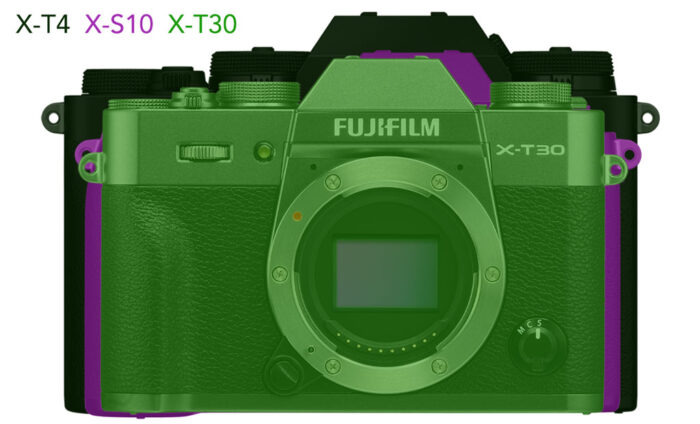
Concerning the overall build quality, the X-T4 is the only model here with weather sealing and a full magnesium alloy frame. The X-S10 uses the same material for the grip, front and top plates. The X-T30 I & II have top and bottom metal plates and the rest is hard plastic.
The X-T4 is available in silver/black or all black. The X-T30 is offered in three colours (black, silver or charcoal) whereas the X-S10 is available in black only. The X-T30 II is available in silver or black (no charcoal).
2. Buttons and Dials
One of the main characteristics of the Fuji X-series is the exposure dials, a tribute to film cameras and their analogue controls.
The X-T4 is a perfect example of this with its ISO, shutter speed and exposure compensation dials on the top plate. Underneath the ISO and shutter speed dials there are sub-dials to control the drive settings and switch from still to video mode. Unrelated to the vintage design but still useful are the two command dials on the front and rear.
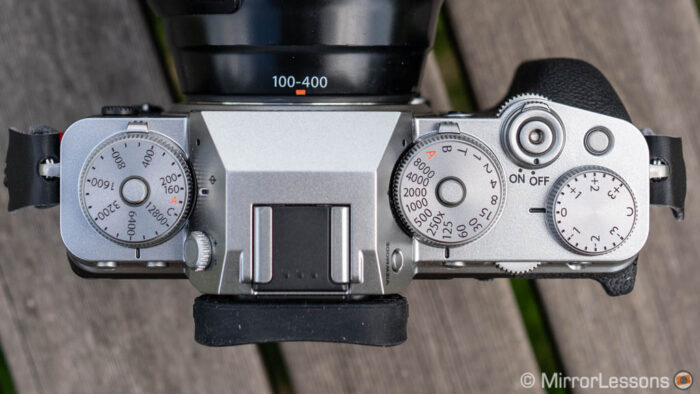
The X-T30 models lack the ISO dial and have a drive dial instead. There are twin command dials on the rear and front, plus an Auto switch to go to Auto mode. On the X-T4 there isn’t an Auto mode, just a Program mode that activates when you put all the dials (plus the aperture ring of select lenses) to A.
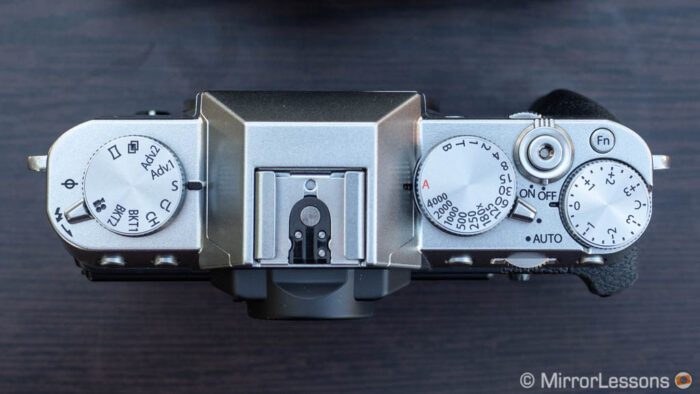
The new X-S10 has three dials on top and a command dial on the front. Two of the three top dials are deprived of all markings. They can be used to control the exposure settings (shutter speed, aperture and exposure compensation depending on the mode used) or even additional settings like the film simulation mode when working in Auto mode. The dial at the centre is the classic shooting mode dial seen on digital cameras.
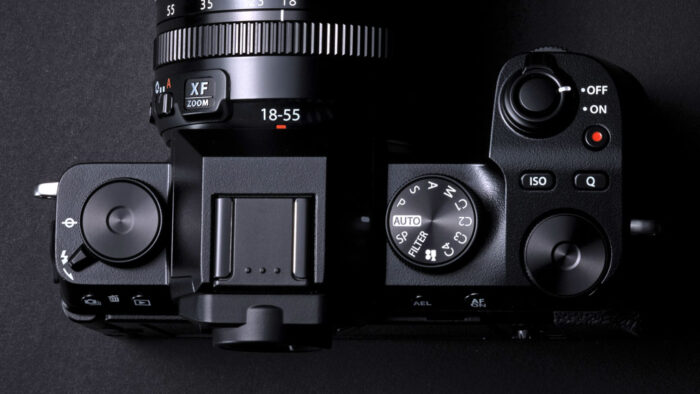
Without the vintage exposure dials, the X-S10 has a much more modern look.
Another difference worth mentioning is that the X-S10 has a dedicated video button which means you can start video recording any time, regardless of the shooting mode selected. On the two X-T30 models and the X-T4, you use the shutter button and therefore you must be in video mode for it to work.
The Q button has moved to the top on the X-S10, whereas on the other three cameras it is found on the rear. The X-S10 also has a dedicated ISO button, which I suspect can be customised anyway.
On the rear you will find an AF joystick on the four cameras, but only the X-T4 has a 4-way D-pad.
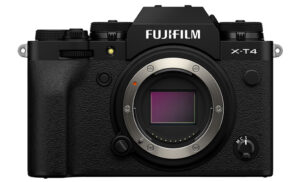
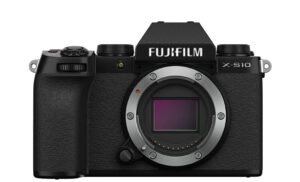
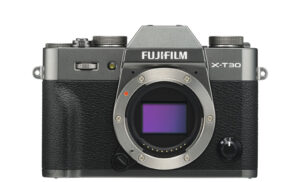
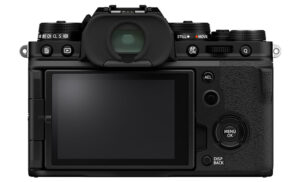
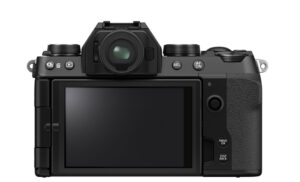
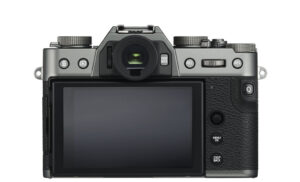
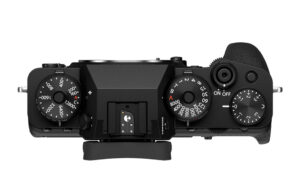
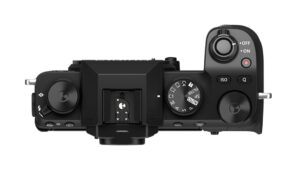
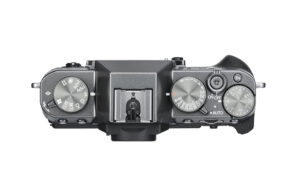
Finally, the X-T4 doesn’t have a built-in flash, unlike the other three.
3. Card slots and connections
The X-T4 is the only model here with two card slots (UHS-II). They allow you to separate different types of files or back up everything to the second card, including video files.
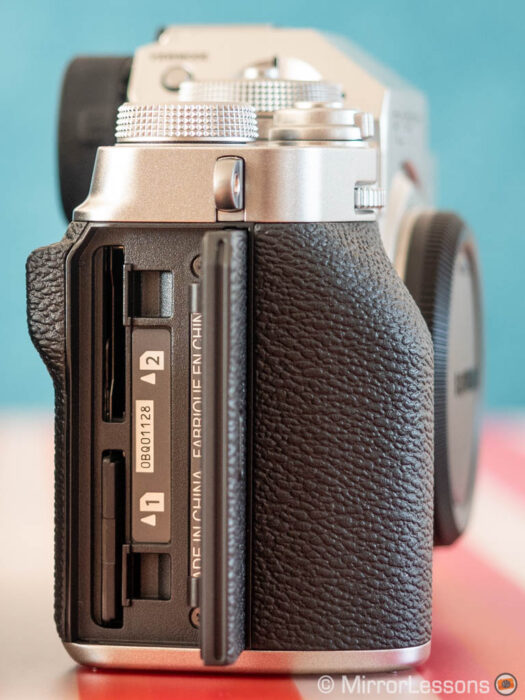
The X-T30, X-T30 II and X-S10 have one card slot only (UHS-I).
Concerning physical connections, the four cameras have a micro HDMI output and a microphone input: the X-T4 and X-S10 use a 3.5mm jack whereas the two X-T30 have a smaller 2.5mm jack.
There is no headphone output, but on all four you can use an analogue 3.5mm female jack to USB-C. The adapter is included in the box for the X-T4.
Fujifilm has released the X-Webcam software that allows you to use select cameras as a webcam with the USB connection.
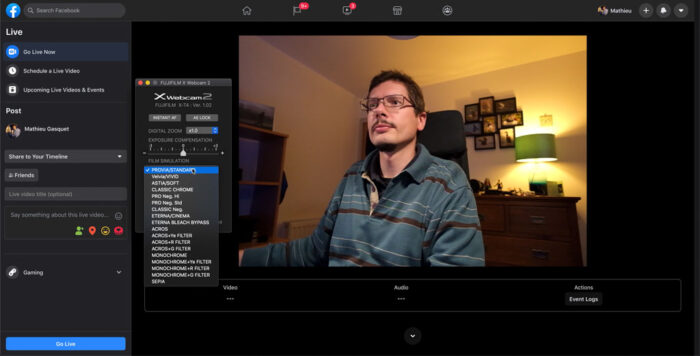
Finally, the X-T4 also has a flash sync socket on the front.
4. Viewfinder and LCD Screen
The X-T4 has a larger viewfinder: the 0.5-in OLED panel features 3.69M dots, a magnification of 0.75x and an eyepoint of 23mm.
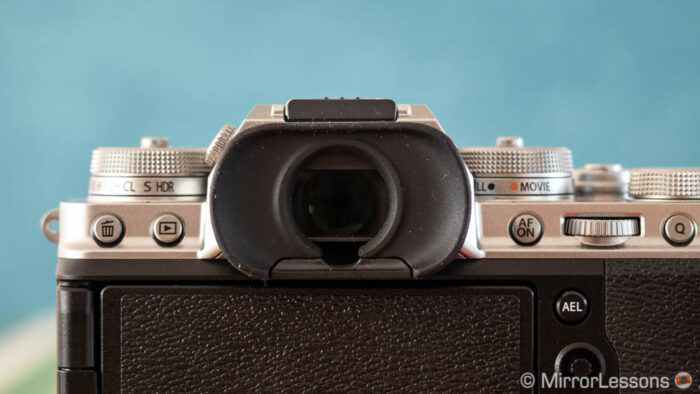
The X-T30, X-T30 II and X-S10 share the same characteristics: 0.39-in OLED panel with less resolution (2.36M dots).
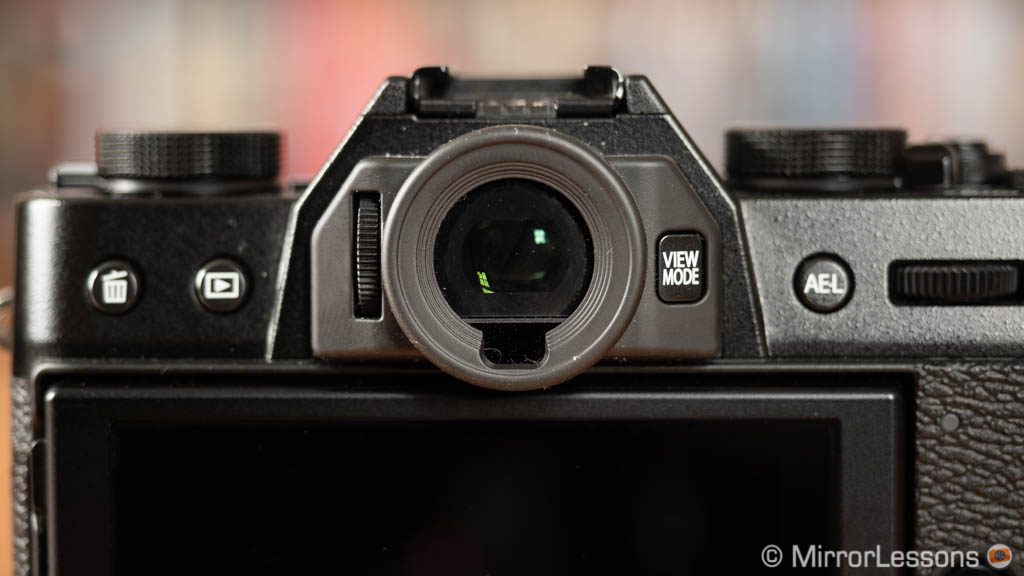
One characteristic they all share is the maximum refresh rate of 100Hz when the Boost mode is activated. Speaking of the latter, you can also prioritise low light (slower frame rate) or resolution on the X-T4 and X-S10.
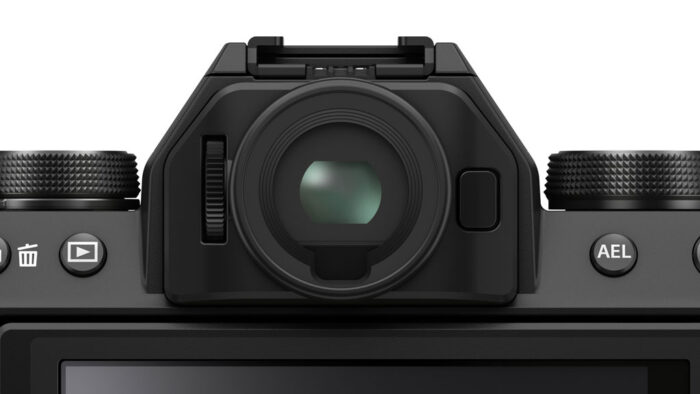
The X-T4 has the best EVF, the X-T30 I & II lack a 180˚ rotation for the screen.
Two of these cameras have a multi-angle LCD screen that can be flipped to the side and rotated 180˚: the X-S10 and the X-T4. The X-T30s monitor can be tilted up and down only, with a maximum of 90˚.
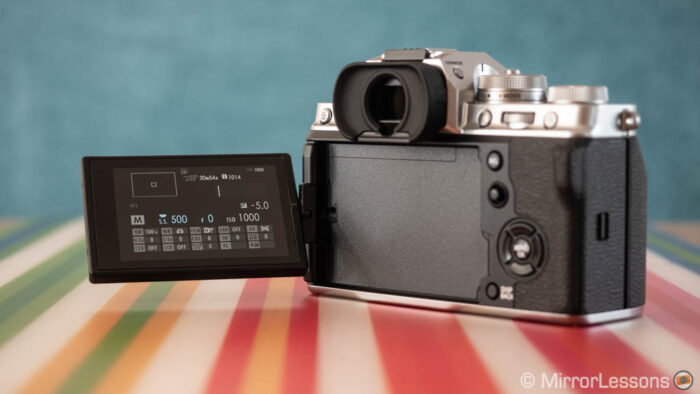
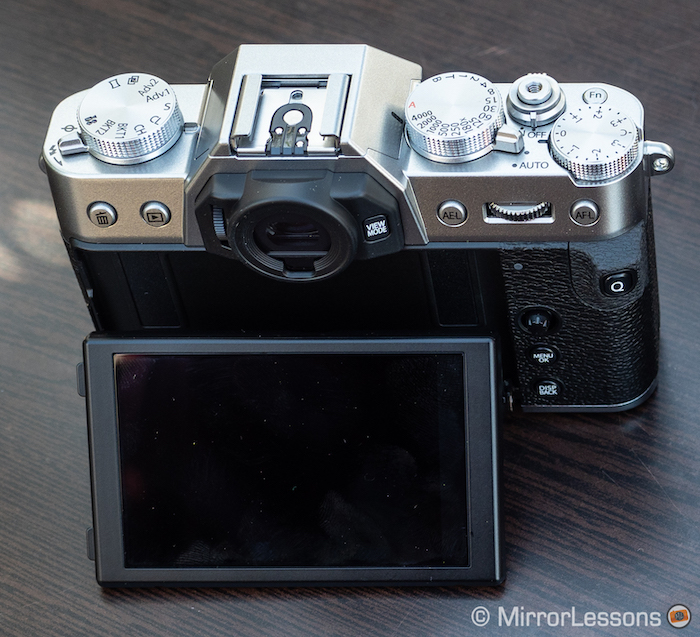
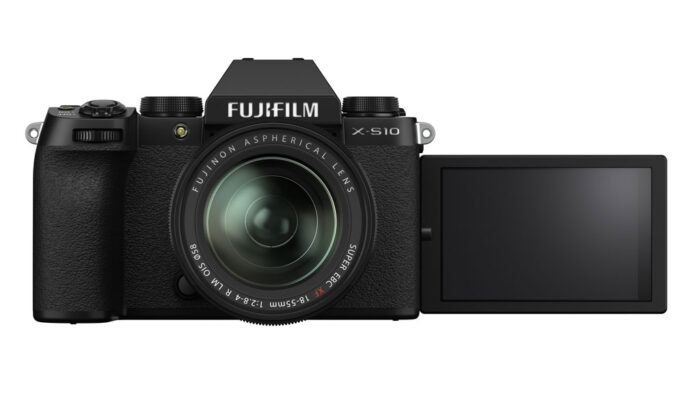
Touch sensitivity is available on all four models: you can take a shot, move the AF point and focus, activate functions and change settings in the Q menu.
The X-T30 II has more resolution on the LCD screen (1.62M dots, like the X-T4) in comparison to the X-T30 and X-S10 (1.04M).
5. In-body Image Stabilisation
The X-S10 becomes the third Fujifilm camera with 5-axis stabilisation after the X-H1 and the X-T4. The X-T30 and X-T30 II on the other hand don’t have any, so you must rely on lenses with OIS.
Fujifilm has shrunk the IBIS unit so that it fits inside the X-S10.
The mechanism is smaller by around 30% and it weighs 55g as opposed to the 73g on the X-T4.
The maximum compensation is a bit lower: 6 stops whereas the X-T4 can go up to 6.5 stops. This rating is valid for most lenses but there are some that have a lower rating. You can find the entire list on the Fujifilm website for the X-S10 and X-T4.
In my X-T4 review, I found that the performance was not so different from the X-H1 released two years ago, which has a lower rating on paper than both the X-S10 and X-T4. So I predict the performance will be more or less the same, but of course take this with a grain of salt until I can test the new camera.
For video, the X-S10 and X-T4 have additional settings to fine tune the performance: digital stabilisation, which comes with a 1.1x sensor crop, and IS Boost which is designed to make fixed shots more stable.
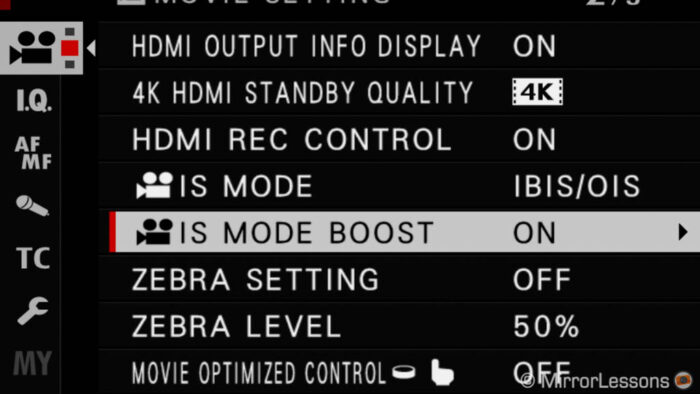
The X-T4 initially had some issues when recording video, mainly some jerkiness when panning, which have since been reduced with a firmware update, so I trust that the X-S10 will come with this problem already solved.
6. Autofocus and Speed
The four cameras share the same sensor and number of phase detection points, which can be 117 or 425 depending on the settings used. They cover 99% of the sensor area.
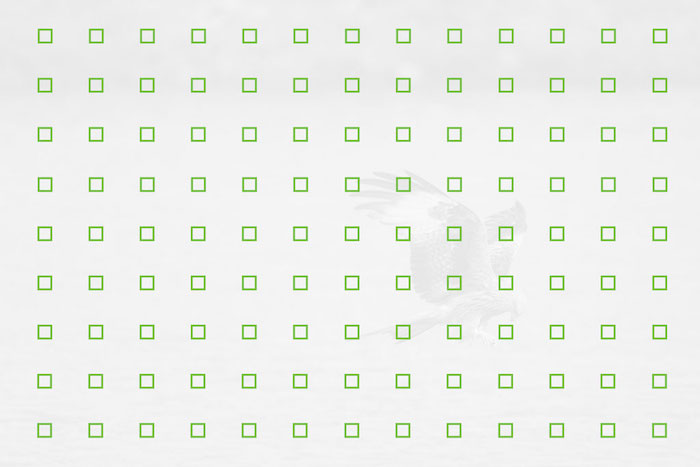
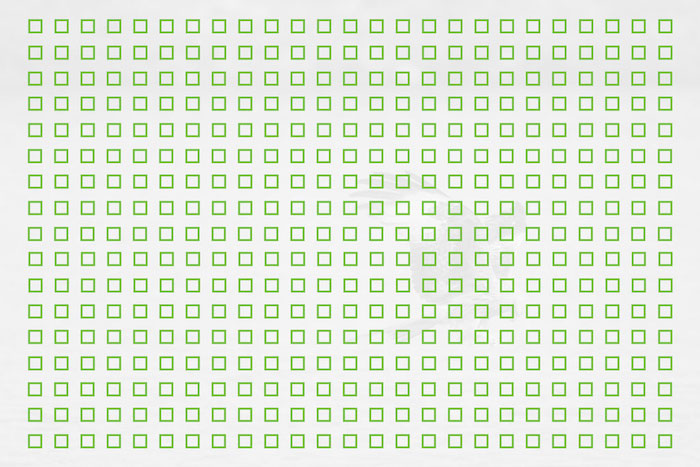
The X-S10, X-T4 and X-T30 II feature the most advanced performance when it comes to the software.
They have a more advanced tracking with colour and shape analysis (in addition to distance), a fast acquisition of 0.02s and a low light sensitivity of -6Ev (f1.4 aperture).
The software on the X-T30 is slightly different: it doesn’t have the advanced tracking analysis, and the minimum sensitivity is -3Ev.
Fujifilm also explained that the Pre-AF mode has been improved on the new camera, as well as the AF performance when using the SR or Auto modes.
What should be similar across the four models is the algorithm for face and eye detection when it comes to dealing with multiple faces or faces that are further away (make sure to have firmware 1.20 on the X-T30).
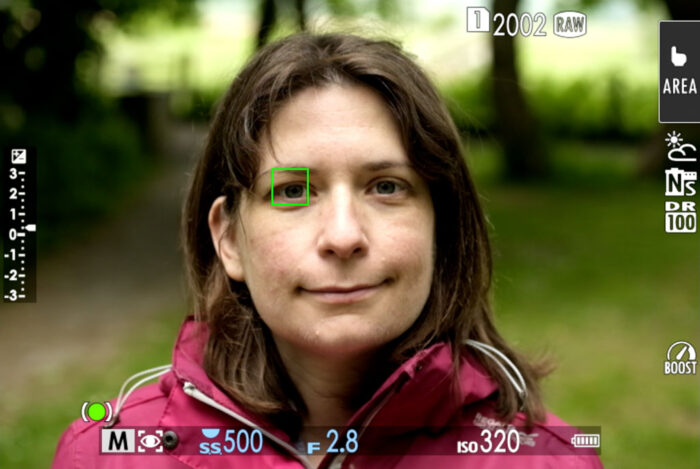
When using the electronic shutter, all four cameras can shoot at 20fps, or 30fps with a 1.25x crop. These work with live view and no blackouts (like the Sony A9 series).
With the mechanical shutter, the X-T30, X-T30 II and X-S10 go up to 8fps, whereas the X-T4 can do 15fps.
Finally, the X-T4 has a maximum fastest shutter speed of 1/8000s with the mechanical shutter, whereas the other three models stop at 1/4000s. With the electronic shutter, they all go up to 1/32000s.
7. Video
The X-T4 is the most advanced camera for video in this article. Specifications you won’t find on the other three cameras are:
- 4K recording at 50 and 60p (with a 1.18x sensor crop)
- 10-bit 4:2:0 internal recording with the H.265 codec
- All-Intra compression at 400Mbps
4K 50/60p remains exclusive to the X-T3 and X-T4.
The X-S10, X-T30 and X-T30 II can record 4K up to 30p. Internal recording is limited to 8-bit 4:2:0 with Long GOP compression and 200Mbps bitrate.
There are other characteristics that are available on the four models:
- 16:9 and 17:9 (DCI) aspect ratio
- 10-bit 4:2:2 via HDMI output
- F-Log gamma curve (the two X-T30 lack the F-Log View assist)
Then we have the slow motion capabilities, where the X-T30 stops at 120fps. The X-T, X-S10 and X-T30 II can record up to 240fps. You can check our video below to see the quality and how it works.
Another difference is the recording time per clip. The X-T30 can do 4K for up to 10 minutes or Full HD for 15min. The X-T4, X-S10 and X-T30 II can record 30 minutes of 4K video (20min at 50/60p for the flagship model).
One final note is that the X-T4 and X-S10 have independent menus when switching from a photography mode to the movie mode. The Q menu, My Menu and function buttons can also be configured separately for stills and video.
8. Film Simulations and Image Settings
The three cameras share the same sensor, so the image quality is the same when it comes to dynamic range or high ISO performance. There are a few differences concerning the image settings.
The X-T4, X-S10 and X-T30 II have 18 Film Simulation modes (picture profiles), including the recent Classic Neg and Eterna Bleach Bypass which are not found on the X-T30.
The X-T30 also lacks extra image settings such as clarity and colour chrome effect blue, and the HDR mode for stills that we reviewed in this article.
9. Battery
The X-T4 has a larger battery, the NP-W235, which lasts longer for stills and video in comparison to the NP-W126S that comes with the X-T30, X-S10 and X-T30 II.
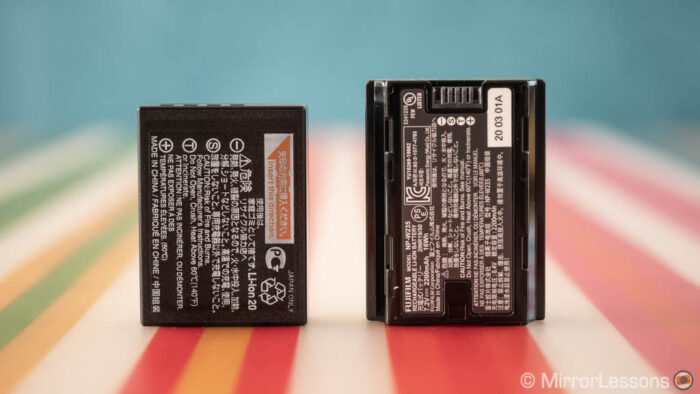
All three cameras can be charged via USB, or powered via USB while working.
The X-T4 is the only model to have an optional battery grip, the VG-XT4.
10. Price
The X-T4 is the most expensive model and can be found for $1700, £1400 or €1700 (body only).
The X-S10 is being launched at the attractive price of $1000 / £950 / €940 (body only).
The X-T30 is close in price at $800, £850 or €800.
The X-T30 II starts at $900, £770 or €930.
Note: prices are the ones found at the time of updating this article, which was September 2021.
What about the Fuji X-T3?
To keep this article simple, I skipped talking about the X-T3 and concentrated on the most recent models for each series. But the X-T3 is still on sale and, at the time of publishing this article, at a discounted price that positions it much closer to the X-S10.
In summary, the X-T3 is the same as the X-T4 without a fully articulated screen, the larger battery and in-body stabilisation.
The X-T3 has more advanced video specifications, weather sealing and two card slots, but the X-S10 has IBIS.
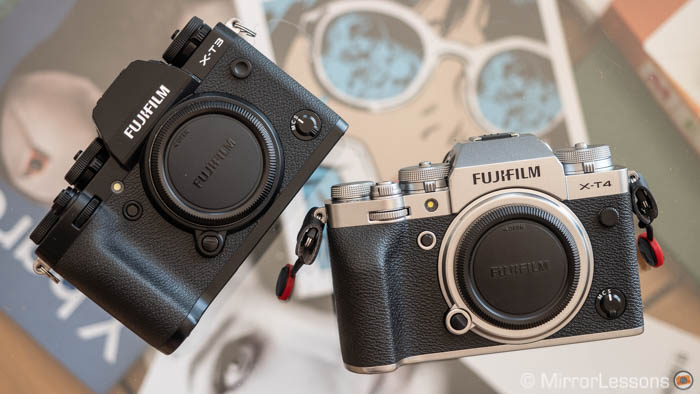
Conclusion
The X-T4 is one the best APS-C cameras you can find on the market. It has a higher cost justified by the performance and specifications it has to offer. It is also part of a series that has grown a lot since the original X-T1, and has become a reference not just for stills but also video.
The X-T30, like its predecessors, has always been the baby X-T, offering a smaller body, a lower price but the same hardware when it comes to the sensor.
The X-S10 sits somewhere in the middle but represents a deviation from the rest of the series: the design ditches the distinctive retro dials in favour of a more average look and a larger grip. It is also the first mid-level model to offer in-body image stabilisation, along with a multi-angle LCD and a bigger focus on video.
Design and aesthetics are a personal preference, so I’ll let you decide which you like best.
If we look at the money factor, the X-S10 and X-T30 are the cheapest options and not too dissimilar in price. The new camera has a few more things to offer including 5-axis stabilisation which is worth the extra investment.
The strength of the X-T30 remains its compactness and lightweight design. The new mark II model brings various software improvements that could, technically, be made available for the original model via firmware. Wether Fujifilm will do that or not is another story.
Reminder: the links below are affiliate links. If you decided to buy something after clicking the link, we will receive a small commission.
Check price of the Fujifilm X-S10 on
Amazon | B&H Photo | eBay
Check price of the Fujifilm X-T4 on
Amazon | Amazon UK | B&H Photo | eBay
Check price of the Fujifilm X-T30 on
Amazon | Amazon UK | eBay | B&H Photo

